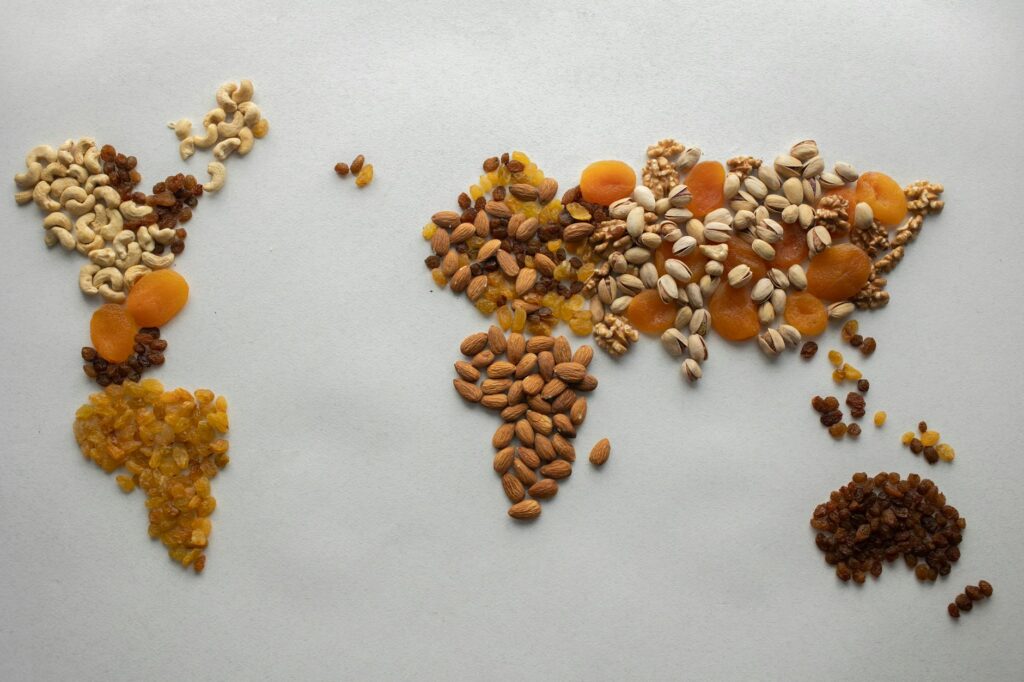Satisfy Your Cravings: A Culinary Journey to Food Paradise
Embark on a mouth-watering adventure with us as we explore the culinary delights that will satisfy your cravings in paradise. Image courtesy of Monstera Production via Pexels Table of Contents The Importance of Food Names Food Time: Exploring the Connection Between Food and Time From Food Garden to Food Bank: Sustainable Food Practices Food for Hair Growth: Nourishing Your Locks from the Inside Out The Convenience of Food Delivery Apps Food clubs have become a popular way for food enthusiasts to come together and share their love for all things culinary. From trying new dishes to experimenting with different cuisines, food clubs offer a unique opportunity to connect with like-minded individuals who appreciate the art of food. Whether you’re a seasoned chef or a novice in the kitchen, food clubs provide a welcoming environment for all to explore and indulge in the world of gastronomy. The Importance of Food Names Have you ever noticed how a dish’s name can influence your perception of it? The power of a well-crafted food name can evoke emotions, spark curiosity, and even entice your taste buds. From quirky and playful names to elegant and sophisticated ones, the way a dish is named can make all the difference in how it is perceived by diners. Creative food names not only add a fun element to the dining experience but also help create a memorable and unique culinary identity. Food Time: Exploring the Connection Between Food and Time Meal times vary greatly across cultures, with some societies placing a strong emphasis on specific times for breakfast, lunch, and dinner, while others have more flexible dining schedules. The timing of meals can play a significant role in our overall health and well-being, impacting everything from digestion to metabolism. By paying attention to when and how we eat, we can optimize our eating habits to promote better health and vitality. From Food Garden to Food Bank: Sustainable Food Practices Growing your own food in a garden not only allows you to connect with nature but also provides a sustainable source of fresh produce. Food banks play a crucial role in supporting individuals and families in need by providing access to nutritious food. By embracing sustainable food practices, we can help reduce food waste, support local agriculture, and contribute to a healthier and more equitable food system for all. Food for Hair Growth: Nourishing Your Locks from the Inside Out Did you know that what you eat can impact the health of your hair? Nutrition plays a key role in promoting healthy hair growth, with certain foods containing essential vitamins and minerals that support strong, vibrant locks. From omega-3 fatty acids found in fish to biotin-rich foods like eggs and nuts, incorporating hair-friendly foods into your diet can help nourish your hair from the inside out. The Convenience of Food Delivery Apps Technology has revolutionized the way we order and receive food, making dining out or enjoying a meal at home more convenient than ever. Food delivery apps offer a seamless way to browse menus, place orders, and track deliveries with just a few taps on your smartphone. With a wide range of options and features to choose from, these apps have transformed the way we experience and enjoy food on the go. Whether you’re a food enthusiast looking to connect with fellow gastronomes or a health-conscious individual seeking to nourish your body from the inside out, the world of food clubs and culinary experiences has something for everyone. From exploring the art of food naming to discovering the benefits of sustainable food practices, there are endless opportunities to satisfy your cravings and embark on a culinary journey to food paradise.
Satisfy Your Cravings: A Culinary Journey to Food Paradise Read More »










